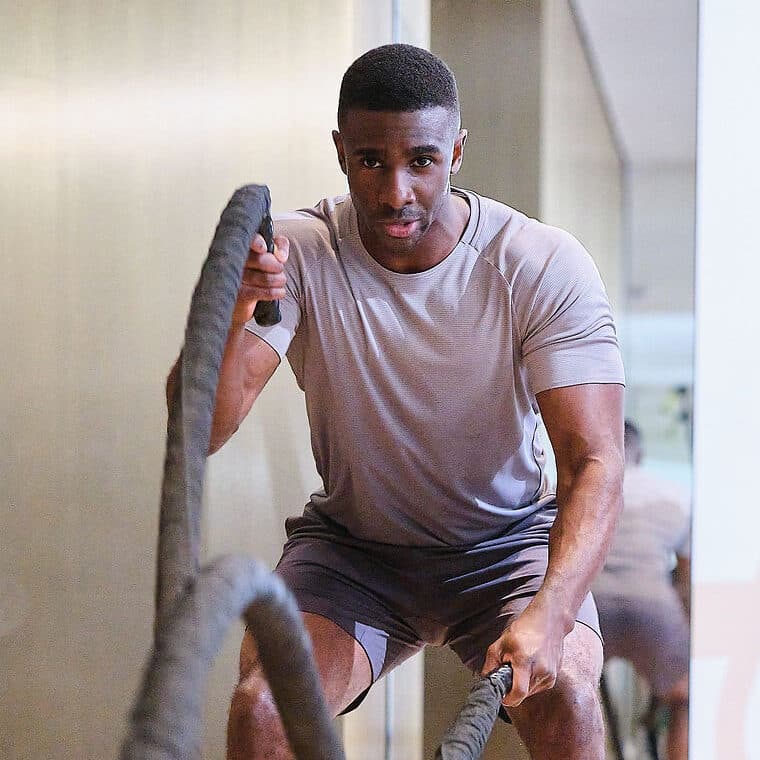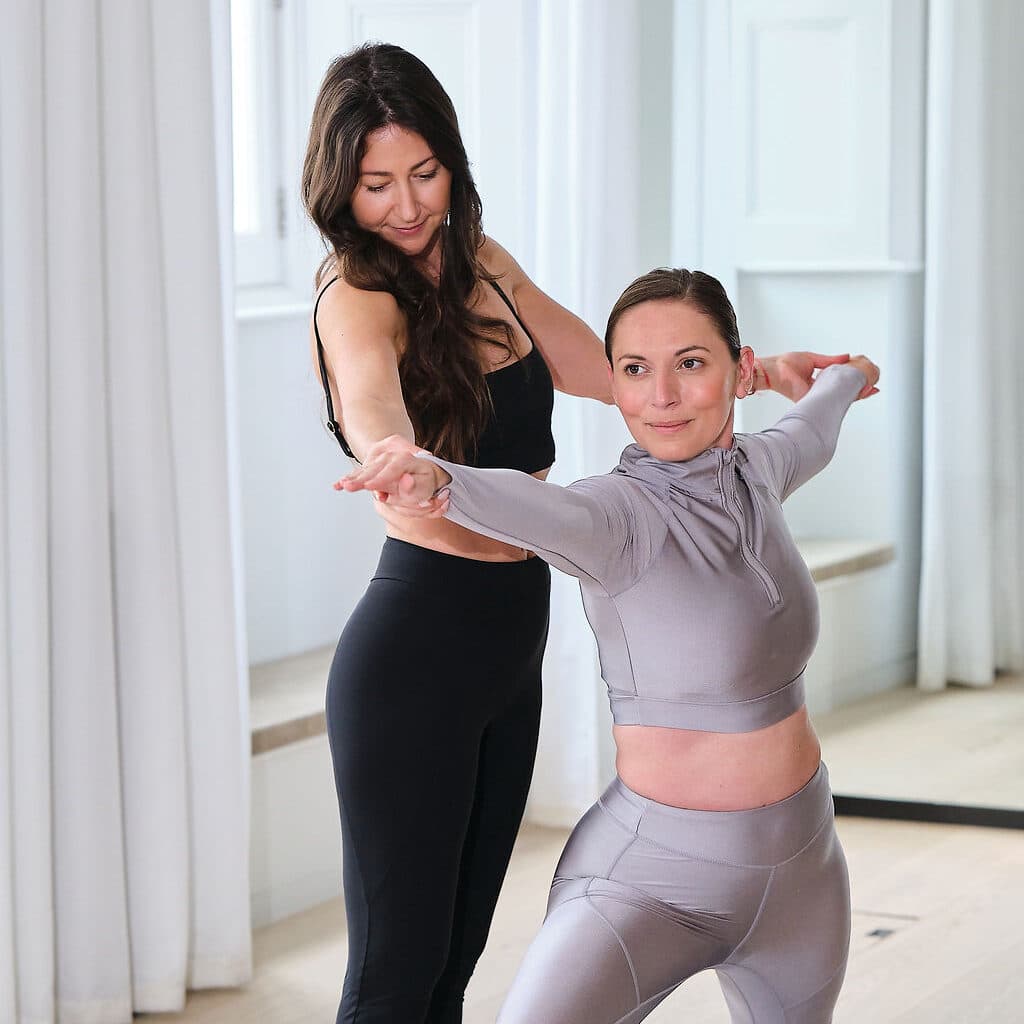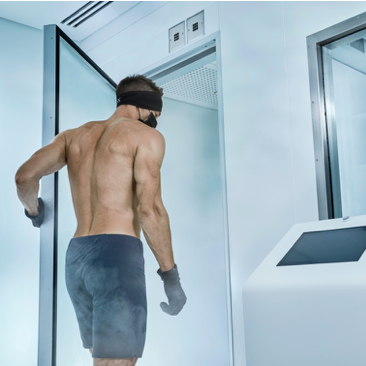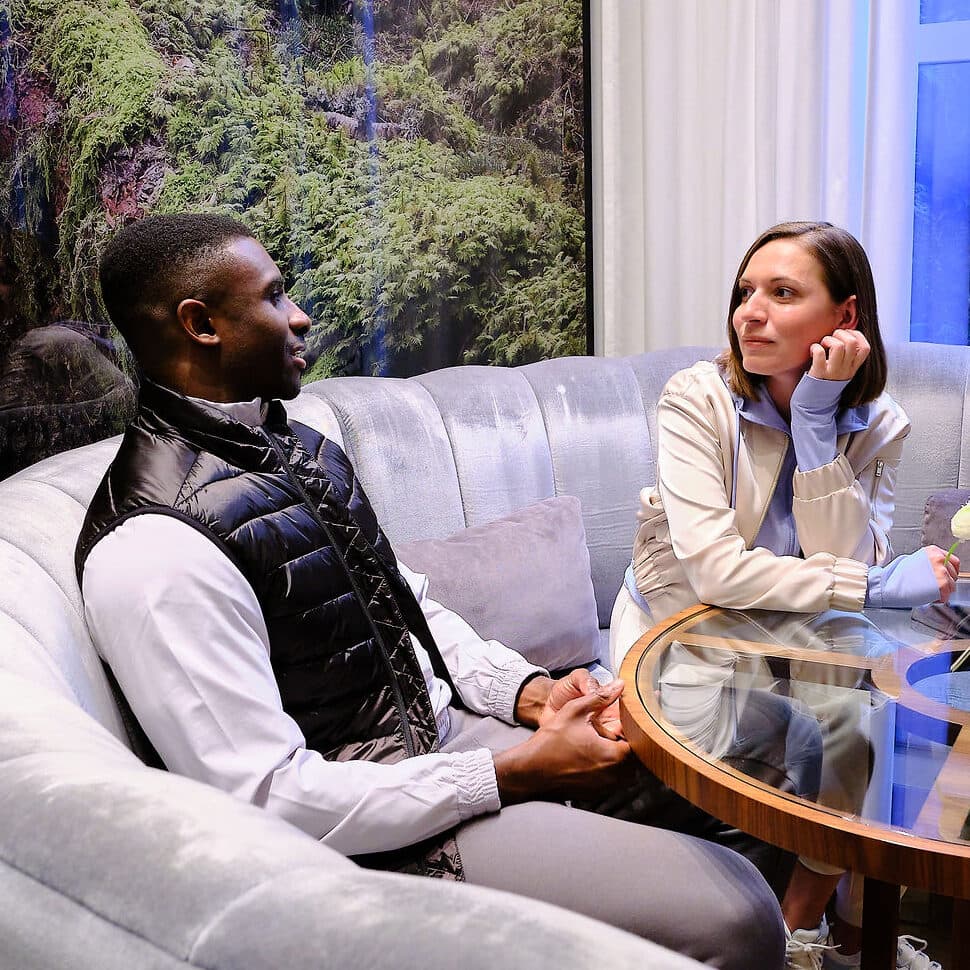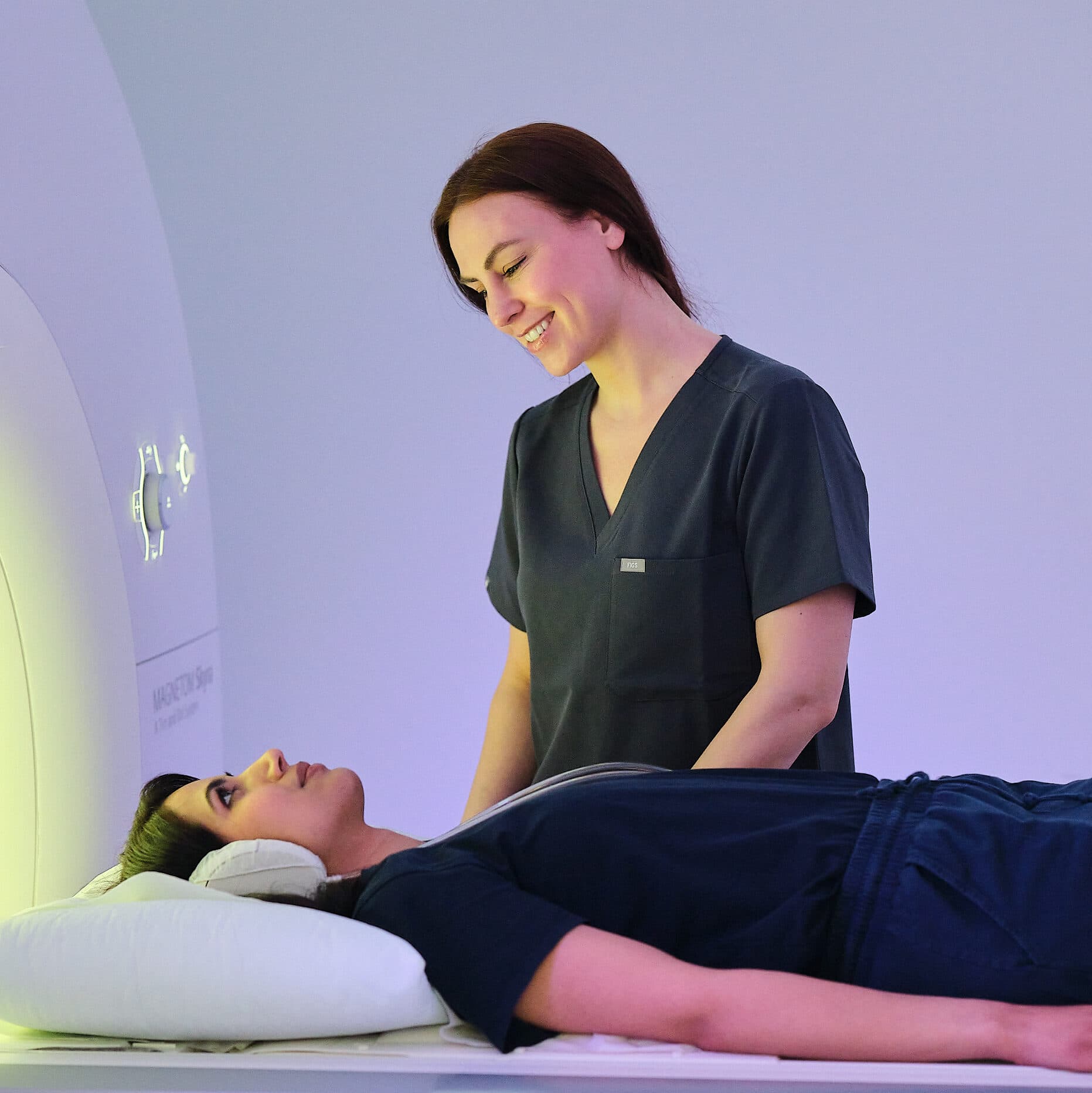The ultimate holistic experience: as a member of Lanserhof at The Arts Club, you have unbridled access to some of the world’s leading discoveries from the fields of diagnostics, medicine and fitness. Take the opportunity to concentrate on the most valuable thing of all – your health. Our concept focuses on the human body in its entirety and takes an integrated approach to your well-being.
Move well. Feel well. Live well.
LONDON’S LEADING HEALTH CLUB
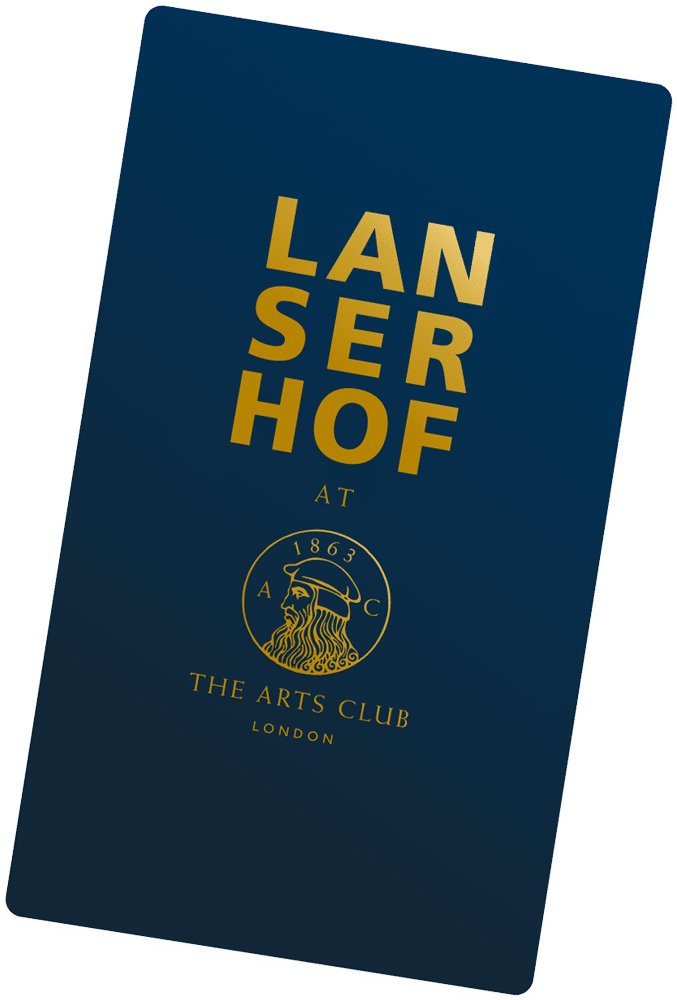
STEP INSIDE
THE ULTIMATE HOLISTIC EXPERIENCE
Here at Lanserhof at The Arts Club, we place you and your needs at the very heart of our endeavours. From the moment you join the Club, we’ll ensure you have all you need for prolonged success.
